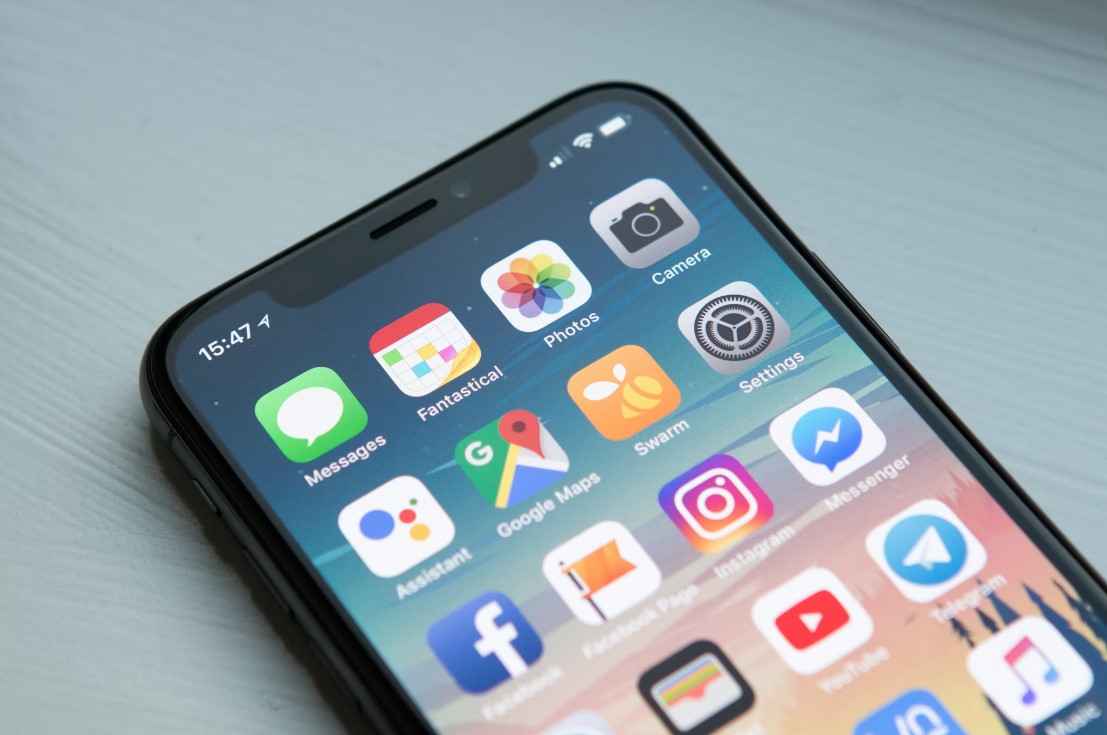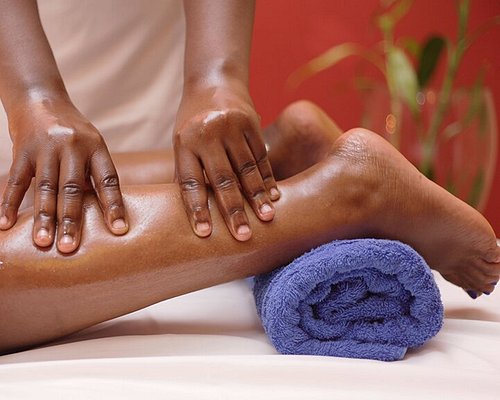The Hidden Dangers of the Erotic Massage Industry
The massage therapy industry is thriving worldwide, but beneath its surface lies a darker reality, practitioners increasingly face solicitation, coercion, and even threats from clients seeking more than just therapeutic relief.
Many massage therapists, both male and female, find themselves caught between professionalism and the growing expectation for illicit services disguised as wellness treatments.
A Profession Under Siege
Across major cities, massage therapists report being pressured into offering ‘happy endings’—a term for massages that conclude with sexual favors. Some practitioners recount distressing experiences involving harassment, unwanted advances, and even physical assault.
A trained masseur shared an unsettling encounter during a home-service appointment where a client persistently requested sex after a session, offering additional payment in exchange.
“She told me my massage made her aroused and kept insisting that I sleep with her,” he recalled. “I repeatedly declined, emphasizing that I provide only professional services. She eventually paid but never called again.”
While he initially assumed such encounters were rare, he soon realized how prevalent these expectations had become. Male clients, he noted, were just as likely to make inappropriate requests.
“In one case, a man booked a late-night massage session only to bluntly ask for masturbation services,” he shared. “When I refused, he withheld payment, claiming he expected a ‘complete package.’”
On another occasion, he was surrounded by multiple clients who pressured him to provide erotic services. When he declined, he was asked to leave without being compensated for his work.
Exploitation and Predatory Clients
Although many massage therapists strictly adhere to ethical guidelines, the industry’s increasing association with illicit services has put legitimate professionals at risk. The anonymity of social media platforms allows clients to bypass legitimate businesses and seek therapists willing to perform sexual acts under the guise of massage therapy.
A female therapist shared a terrifying experience in which a client spiked her drink with a recreational drug known for its euphoric and aphrodisiac effects.
“I noticed something unusual at the bottom of my drink and realized he had laced it with a substance,” she said. “When I confronted him, he casually admitted it, saying, ‘You weren’t supposed to see that.’”
She narrowly avoided assault by remaining alert and threatening to expose him.
In another instance, a client began pleasuring himself mid-session and demanded she apply massage oil to his private parts.
“I excused myself to the restroom and stayed there for as long as possible,” she said. “When I finally came out, he asked for another orgasm. I immediately packed my things and left.”
A Distorted Industry
Massage therapy is widely recognized for its physical and mental health benefits, from stress relief to pain management. However, its growing sexualization has created a hostile environment for professionals trying to uphold ethical standards.
Many therapists now include disclaimers in advertisements stating that they do not offer erotic services, yet this does little to deter persistent clients. Some have even been physically assaulted for refusing requests.
One therapist recounted an experience where a client attempted to force himself on her after she rejected his advances.
“He ridiculed me for refusing, pressed me down, and scratched my hand as I fought him off,” she shared. “He didn’t even pay for the session.”
Male therapists, too, are often lured under false pretenses. One was offered a large sum of money by a high-profile client in exchange for oral sex. When he declined, the client turned aggressive.
Another was locked inside a client’s home and pressured into engaging in sexual acts before he managed to escape.
Fighting Back Against Exploitation
While some massage businesses openly cater to erotic services, many therapists enter the industry with a commitment to providing legitimate care. The blurred lines between professional therapy and illicit practices put ethical practitioners at significant risk.
Regulations in the wellness sector remain weak, allowing exploitative businesses to flourish. Experts argue that stronger industry oversight, background checks on clients, and greater public awareness could help protect therapists from harassment.
For now, many professionals rely on personal safety strategies—vetting clients carefully, informing trusted contacts of their whereabouts, and setting firm boundaries.
“I always let someone know my location before any appointment,” one therapist shared. “I also insist on professional conduct upfront. But even with precautions, you never know when you’ll encounter a predator.”
As the industry continues to grow, an urgent question remains: How can ethical massage therapists separate their practice from the increasing perception of massage as a front for illicit activities?
Until stricter regulations are enforced, many practitioners will continue to operate in an environment where their safety often depends on their ability to say ‘no’—even when the stakes are high.

 Lifestyle3 months ago
Lifestyle3 months ago
 Africa4 months ago
Africa4 months ago
 Global4 months ago
Global4 months ago
 Global4 months ago
Global4 months ago
 Lifestyle4 months ago
Lifestyle4 months ago
 Africa3 months ago
Africa3 months ago
 Global3 months ago
Global3 months ago
 Lifestyle4 months ago
Lifestyle4 months ago



